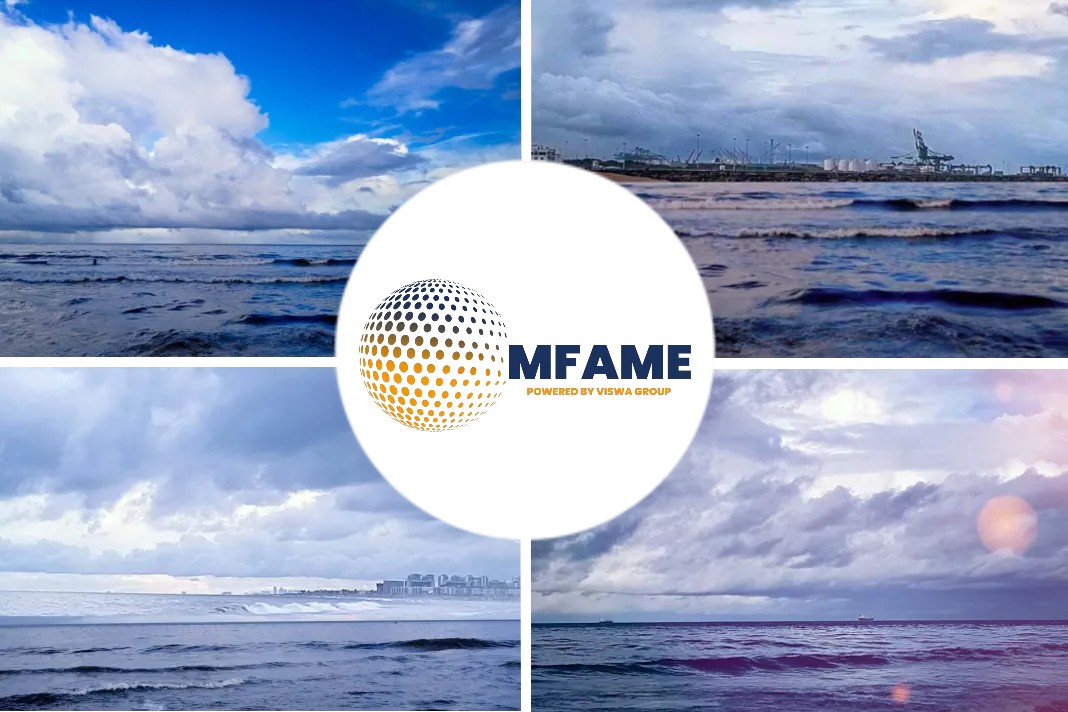
Responsible for deep-sea mining by impossible metals
Impossible Metals, a US- and Canada-based business, creates robotic underwater vehicles to gather battery metals from the ocean floor without harming the marine ecosystem. These submerged vehicles are readily launched from a ship and land on the ocean floor, where the cameras and arms on their underside are immediately activated. The arms of the vehicle harvest the vital metals from the seafloor as it hovers above it, avoiding rocks where creatures might live and preserving the marine habitat.
Moving society away from fossil fuels
Reusable batteries are becoming more and more popular as the globe moves toward eco-friendly energy sources. These batteries need nickel and cobalt, and since there aren’t as many deposits of these metals on land, researchers are turning to the ocean below, where polymetallic nodules can be found in high concentrations.
Traditional dredging technology
Current extraction prototypes for these nodules are built using traditional dredging technology. Impossible Metals asserts that its approach is superior since it not only stops the extinction of species but also because it is more cost-effective. The business’s prototype, known as “Eureka 1,” was lowered to a depth of 25 metres and floated above the surface while gathering a number of tubers. The underwater vehicle uses sensors to locate, recognise, and gather rocks. It also includes a special buoyancy propulsion system that, once the vehicle is loaded with cargo, aids in rising back up to the ship. In order to transition between manual and autonomous control during its initial testing in November 2022, Eureka 1 was attached to a communication wire, although full autonomy is what is anticipated for the robot in the future. Impossible Metals’ solution, in contrast to other types of mining, preserves the ecosystem while enabling society to use sustainably sourced metals and shift away from fossil fuels.
Did you subscribe to our newsletter?
It’s free! Click here to subscribe!
Source: Design Bloom





















